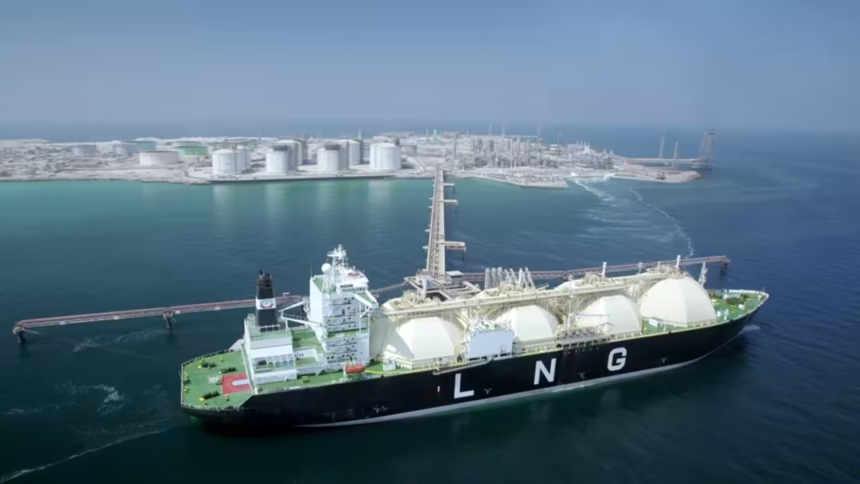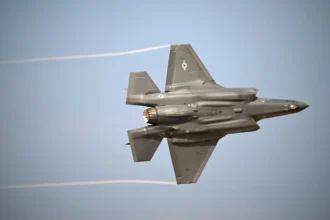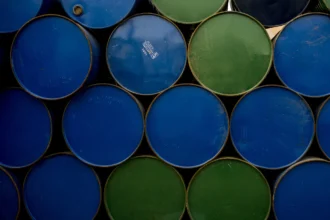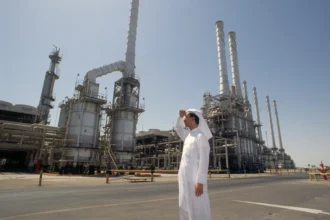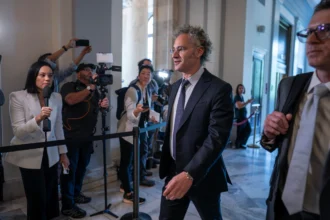The recently inked liquefied natural gas (LNG) agreement between India and the United Arab Emirates is being hailed not merely as an energy deal, but as a cornerstone in Washington’s evolving strategy to counterbalance China and Russia in Asia and the Middle East. By cultivating an India–UAE energy axis, the United States is reinforcing a coalition designed to stabilize supply chains, redirect energy flows, and strengthen security partnerships across two critical regions.
Energy Meets Geopolitics
India’s surging energy demand—projected to account for a quarter of global consumption growth over the next two decades—makes it a pivotal player in global markets. Securing stable LNG supplies from the UAE reduces India’s reliance on volatile suppliers and cements Abu Dhabi’s role as a trusted partner.
For Washington, the deal provides dual benefits. First, it helps anchor India closer to U.S.-aligned economies at a moment of intensifying Sino-Indian rivalry. Second, it elevates the UAE as a hub for reliable energy flows that bypass Moscow and Beijing, reinforcing the West’s effort to rewire global energy networks in the wake of Russia’s war in Ukraine.
“Energy security is national security, and this agreement is about building resilient partnerships that keep both India and the wider Indo-Pacific insulated from coercion,” a senior U.S. official commented.
India’s Strategic Shift After Galwan
India’s confrontation with China in the Galwan Valley in 2020, which resulted in the deaths of dozens of soldiers, accelerated New Delhi’s strategic pivot away from Beijing. While India remains careful not to frame its policies as anti-China outright, its growing closeness to the U.S., UAE, and other Quad members is part of a broader hedging strategy.
By leveraging LNG supplies from the UAE, India gains both energy security and geopolitical maneuverability. It allows New Delhi to reduce dependence on Middle Eastern oil tied up with Chinese demand and Russian crude discounted to Beijing. The LNG pact thus becomes both a commercial lifeline and a geopolitical instrument.
The UAE’s Expanding Role
For the UAE, the pact aligns with its ambitions to diversify its partnerships and expand its global influence. Already positioned as a major logistics and financial hub, Abu Dhabi is increasingly becoming a political intermediary—balancing its ties with the U.S., Russia, China, and regional powers like Saudi Arabia and Iran.
By deepening ties with India, the UAE reinforces its Abraham Accords trajectory of aligning with U.S.-backed security and trade frameworks while ensuring its energy exports gain footholds in one of the fastest-growing economies in the world.
The Abraham Accords Connection
The India–UAE pact also dovetails with Washington’s broader Middle East strategy. The Abraham Accords, which normalized relations between Israel and several Arab states, created a foundation for new cross-regional alignments. By linking India’s demand, UAE’s supply, and U.S. strategic backing, Washington is crafting what some analysts describe as an “energy corridor” that ties South Asia more deeply into Middle Eastern and Western security frameworks.
The pact also resonates with the U.S. “Indo-Abrahamic” framework, a concept floated by some strategists envisioning India as a bridge between the Indo-Pacific and the Middle East.
Countering China and Russia
China has aggressively expanded its presence in the Middle East through infrastructure investment, Belt and Road energy projects, and a landmark oil deal with Saudi Arabia. Russia, meanwhile, continues to leverage energy exports to sustain its war chest and geopolitical clout.
By anchoring India’s LNG supply chain in the UAE, Washington reduces the room for China to dominate energy diplomacy with New Delhi. At the same time, it counters Moscow’s ability to use discounted hydrocarbons as leverage in Asia.
A Delicate Balancing Act
Still, the pact is not without risks. India continues to import discounted Russian crude and remains part of the BRICS grouping, which increasingly tilts toward China and Russia. The UAE, for its part, has maintained pragmatic ties with Moscow and Beijing even as it deepens U.S. alignment. Washington must navigate these complexities to prevent overreach or backlash.
Conclusion: A Pillar for the Future
The India–UAE LNG pact is more than a bilateral energy agreement—it is a geopolitical architecture in motion. By integrating energy flows with strategic alignments, Washington is strengthening a counterweight to China and Russia that stretches from the Arabian Gulf to the Indo-Pacific.
As global competition intensifies, the LNG pact may serve as a blueprint for how the U.S. and its partners can use energy cooperation to lock in alliances, secure supply chains, and assert influence in contested regions.

